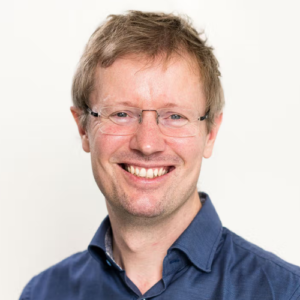Simon Glerup
Chief Scientific Officer Draupnir Bio Aps
Simon is Associate Professor at Aarhus University and co-founder of Draupnir Bio.
He was the CEO of Draupnir from its incorporation through the Seed and Series A financing rounds, and led the process of building the organization and recruiting the management team. With the onboarding of Andrew Hotchkiss as CEO, Simon transitioned to CSO and continues on the board of directors.
Prior to the founding of Draupnir Bio, Simon has led research teams at Aarhus University and Mayo Clinic, pioneering the understanding of the structure, function and physiology of the sortilin-related receptor family.
Simon and his university colleagues also founded Muna Therapeutics and Teitur Trophics, developing treatments for neurological disorders.
Simon holds a PhD in Molecular Biology from Aarhus University. He is the recipient of several grants and awards, including the Sapere Aude Research Leader Award in 2015 and the Skou Prize in 2017. He has served as a board member of the Danish Society for Neuroscience from 2015-2019 and is currently a member of the Novo Nordisk Foundation Innovation Committee.
Seminars
- Developing Sortilin-based lysosome-targeting chimeras (SORTACs) to enable selective extracellular protein degradation
- Designing small molecule SORTACs that degrade both soluble and membrane-bound targets with tissue and cell-type specificity
- Demonstrating SORTAC-driven clearance of pathogenic neuronal protein aggregates to open new avenues for neurodegenerative therapies
- Defining key principles for expanding the druggable proteome and identifying targets amenable to novel induced proximity strategies
- Investigating unmet needs where emerging modalities outperform traditional degradation and uncovering new therapeutic niches
- Addressing translational hurdles for novel approaches and highlighting biotech priorities in overcoming delivery, specificity and scalability challenges
- Spotlighting the most exciting new directions in induced proximity, from novel E3 ligases to non-degradative functional modulation

